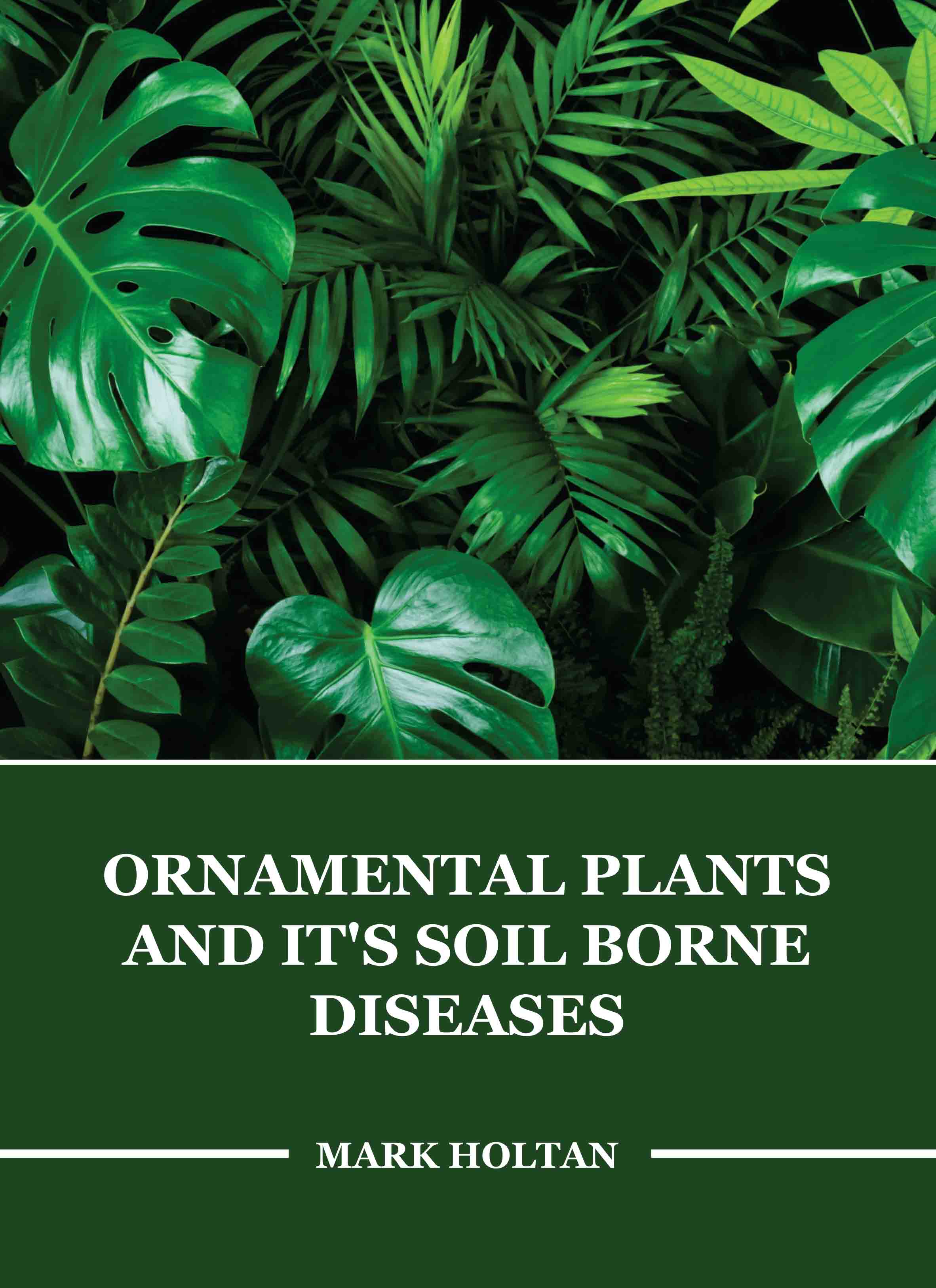
Ornamental Plants and It's Soil Borne Diseases
by Mark Holtan
| ISBN | 9781835352137 |
|---|---|
| Publisher | EDTECH PRESS |
| Copyright Year | 2025 |
| Price | £155.00 |

by Mark Holtan
| ISBN | 9781835352137 |
|---|---|
| Publisher | EDTECH PRESS |
| Copyright Year | 2025 |
| Price | £155.00 |
A decrease in the diversity of soil organisms leads to the development of soil-borne illnesses. A soil will become disease-suppressive by reintroducing beneficial organisms that combat, resist, or otherwise oppose disease-causing pathogens. Compared to soils with little biological diversity, plants growing in soil that inhibits illness have far superior disease resistance. The soil environment can be improved for beneficial organisms by using compost and other organic amendments, or they can be added directly. The effectiveness of compost at controlling soil-borne plant diseases depends on its quality. Laboratory tests can be used to assess the quality of compost. When a pathogen that causes the disease and a susceptible host come together in a favourable setting, plant diseases are the result. There wouldn't be any sickness if any one of these three requirements weren't met. Many intervention techniques concentrate on eliminating the infection once its effects are felt. Making both the host plant and the environment less conducive to disease is emphasised in this book. It recognises the expansion of many known diseases to a wider variety of ornamental plants, diagnoses illnesses, and reflects modern control techniques. There are more illustrations and in-depth talks of fungicides and bactericides.